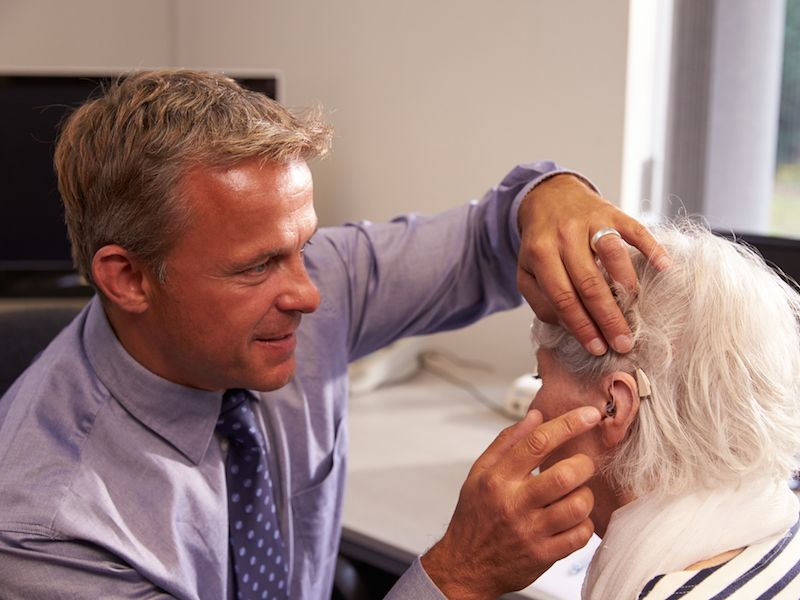
The numbers don’t lie: you might need hearing aids someday. A quarter of individuals from 60 to 75, according to an NIDCD report, have hearing loss and for people over 75 this number increases to 50%. But how can you be sure which model is right for you when you realize it’s your best opportunity to combat hearing loss? Developments in technology in recent times have corrected some of the issues traditionally connected to hearing aids, such as too much background noise and susceptibility to water damage. But there’s still a good deal you need to know when picking a hearing aid to be sure it fits your lifestyle.
Look Closely at Directionality
Directionality is one crucial function you should look for, which is the ability for your hearing aid to focus on the specific noise around you (such as a discussion) while reducing background noise to a minimum. Many hearing aids have different directionality systems, which either focus in on the sound directly in front of you, the sound that’s coming from different speakers, or a mix of both.
Can You Use it With Your Phone?
It’s become apparent, we’re addicted to our phone as a country. You probably have some kind of cell phone, either a smartphone or a flip phone. And for those few who don’t actually have a cell phone, you probably still have a land-line. So, when you’re testing different hearing aids, you will want to see how they work with your phone. What is the sound like? Do voices sound sharp? Does it feel easy to wear? Is it Bluetooth Ready? When shopping for new hearing aids, you need to consider all of these.
Are You Likely to Wear it?
As noted above, hearing aid technology has advanced by leaps and bounds over the last few years. One of those advances has been the size and shape of hearing aids, which have moved towards the smaller and more comfortable direction. Nevertheless, there are always going to be some trade-offs. A smaller hearing aid may not be as powerful as a bigger one, so it really depends on your hearing professional’s suggestion and what you need to accomplish with your hearing aid. You can get a hearing aid that fits directly in your ear canal and is all but invisible, but it won’t have many of the features available in larger hearing aids and can sometimes be prone to earwax clogs. On the other end of the spectrum, a behind the ear hearing aid is larger and might be more noticeable, but often have more directionality functions and have more options for sound amplification.
What Kind of Background Noise Will You be Exposed to?
One of the most significant problems since hearing aid technology has been invented has been wind noise and the havoc it wreaks on wearers. Being outside on a windy day with a traditional hearing aid used to mean that you couldn’t pick up anything but the wind, which is enough to drive anyone crazy. you live in a windy area or if you’re an outdoor kind of person so you’ll want to suppress wind noises with your hearing aid decision so that conversations are free from that frustrating wind howl. Educate yourself about the many hearing aid options available to you. Call us.